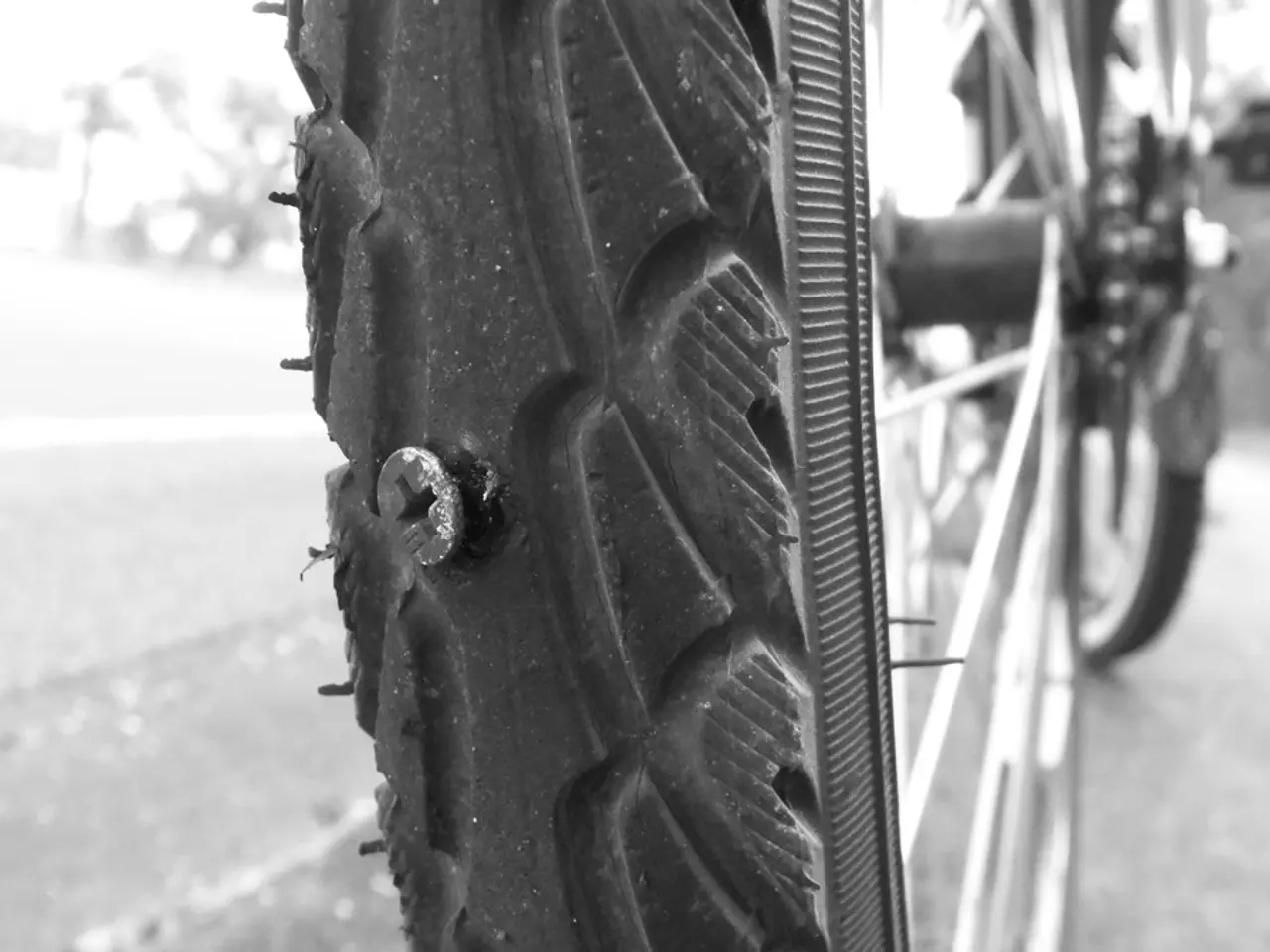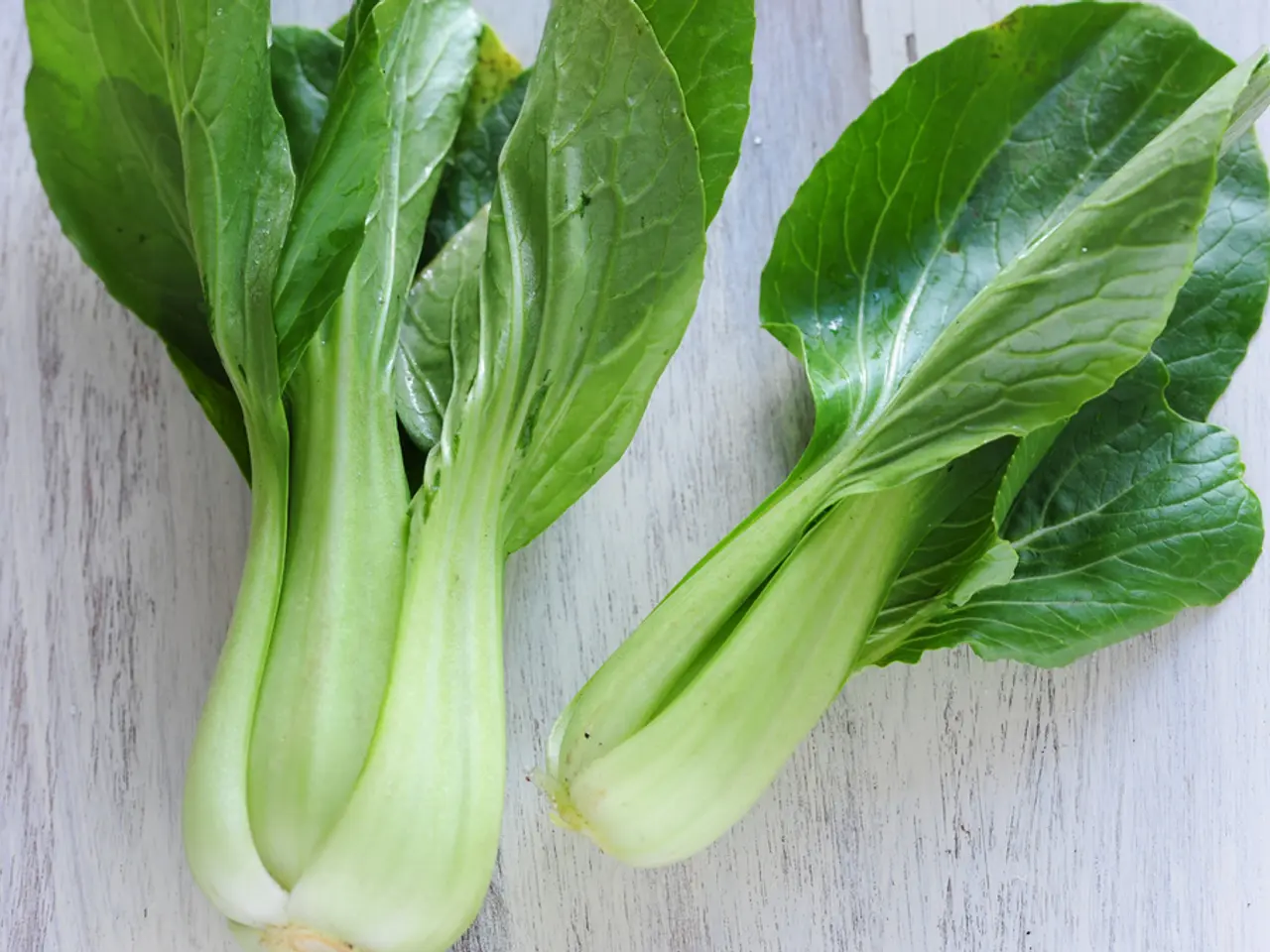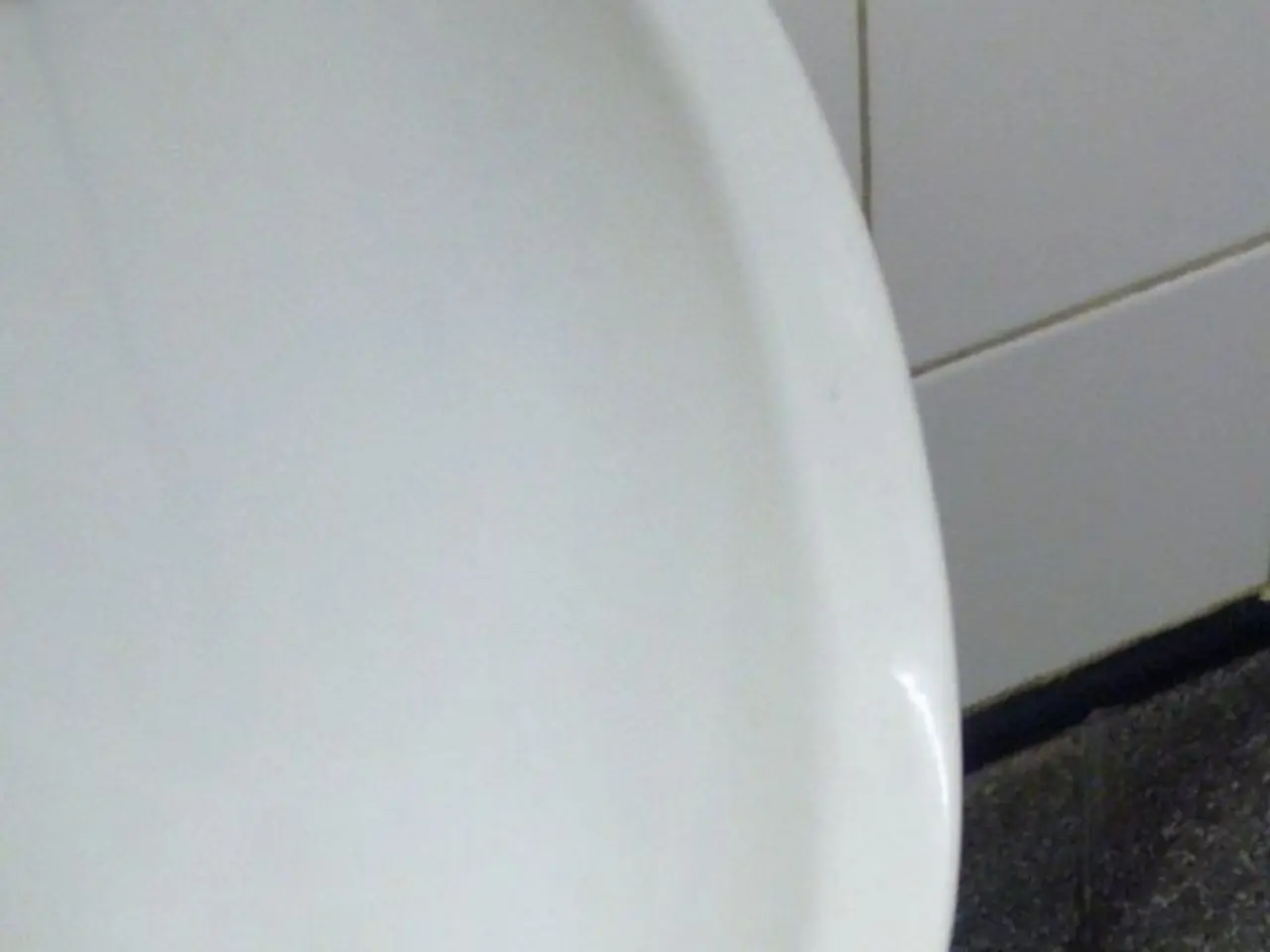IUD Procedures and Aftereffects: Length of Discomfort and Alleviation
For women considering an Intra-Uterine Device (IUD) for birth control, it's essential to be aware of potential side effects, particularly cramping and discomfort. This article provides a comprehensive guide to managing these symptoms effectively.
IUD insertion and removal can cause cramping and pain, with the cervix opening during insertion often being the most painful part of the procedure. Mild cramping and spotting can sometimes persist for weeks or even months after IUD insertion, although these symptoms are usually temporary.
Effective home remedies for reducing cramping after IUD insertion or removal focus primarily on managing discomfort and supporting your body’s natural recovery. Over-the-counter painkillers such as ibuprofen or acetaminophen are often recommended on the first day after IUD removal or insertion to minimize cramping and achieve a more comfortable experience. Applying heat therapy, such as a heating pad or warm compress on the lower abdomen, can help relax the uterine muscles and reduce cramping pain.
Rest and relaxation are also crucial. Light activity and avoiding strenuous exercise can help reduce discomfort during the initial recovery period. Staying hydrated and maintaining good nutrition support your body’s ability to heal and reduce inflammation.
For IUD insertion, local anesthetics like lidocaine cream, spray, or injectable forms may be used to reduce pain during the procedure itself, although this is typically administered by healthcare providers rather than at home.
It is important to note that intense cramping, heavy bleeding, or passing large blood clots are not considered normal and warrant contacting a healthcare provider promptly to rule out complications. If cramps are severe or persistent, or if you experience other concerning symptoms, seeking medical advice is essential to ensure safe and appropriate care.
Some studies suggest that fish oil supplements may help with cramps, but they may only be effective at relatively high dosages and in combination with vitamin B-12. Doing gentle exercise, such as stretching, yoga, or walking, may also help relieve cramping after IUD insertion or removal.
In a 2013 study, 17% of childless women and 11% of women who had given birth reported pain requiring pain management after IUD insertion. Some pain management methods that have been found to work for IUD-related pain include ibuprofen and certain pain management methods that were not specified in the article.
If a person experiences severe cramping or pain for more than a few hours after IUD removal, it may signal an infection, a problem with the cervix, or another issue. Massaging the area gently may help relieve cramping after IUD insertion or removal.
In summary, effective home remedies include taking pain relievers, using heat therapy, resting, and staying hydrated, but always monitor your symptoms closely and consult your healthcare provider if you have severe pain or bleeding.
- For women considering an Intra-Uterine Device (IUD) for birth control, knowing about possible side effects like menstrual pain and discomfort during IUD insertion and removal is crucial.
- Managing these symptoms effectively can help minimize discomfort, and this article provides a guide to doing so.
- Over-the-counter painkillers like ibuprofen or acetaminophen can lessen cramping after IUD insertion or removal, and heat therapy, such as a heating pad or warm compress on the lower abdomen, can aid in relaxing uterine muscles and reducing pain.
- Resting, avoiding strenuous activity, staying hydrated, and maintaining good nutrition support the body’s ability to heal and reduce inflammation.
- Local anesthetics like lidocaine cream, spray, or injectable forms may be used for IUD insertion to reduce pain during the procedure.
- If cramping persists, passing large blood clots, or heavy bleeding occur after IUD insertion, it's essential to consult a healthcare provider to rule out complications. Some studies suggest that fish oil supplements and gentle exercise like stretching, yoga, or walking may help ease menstrual cramps.




